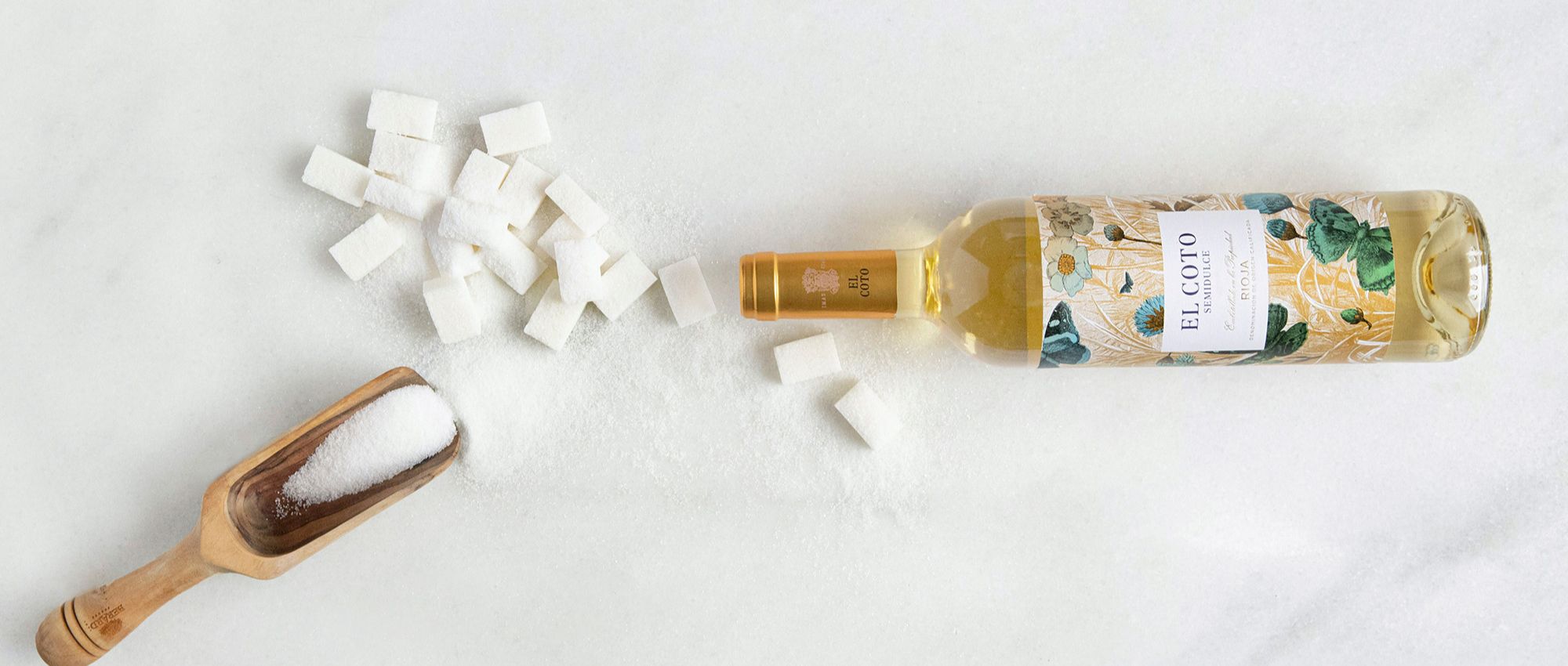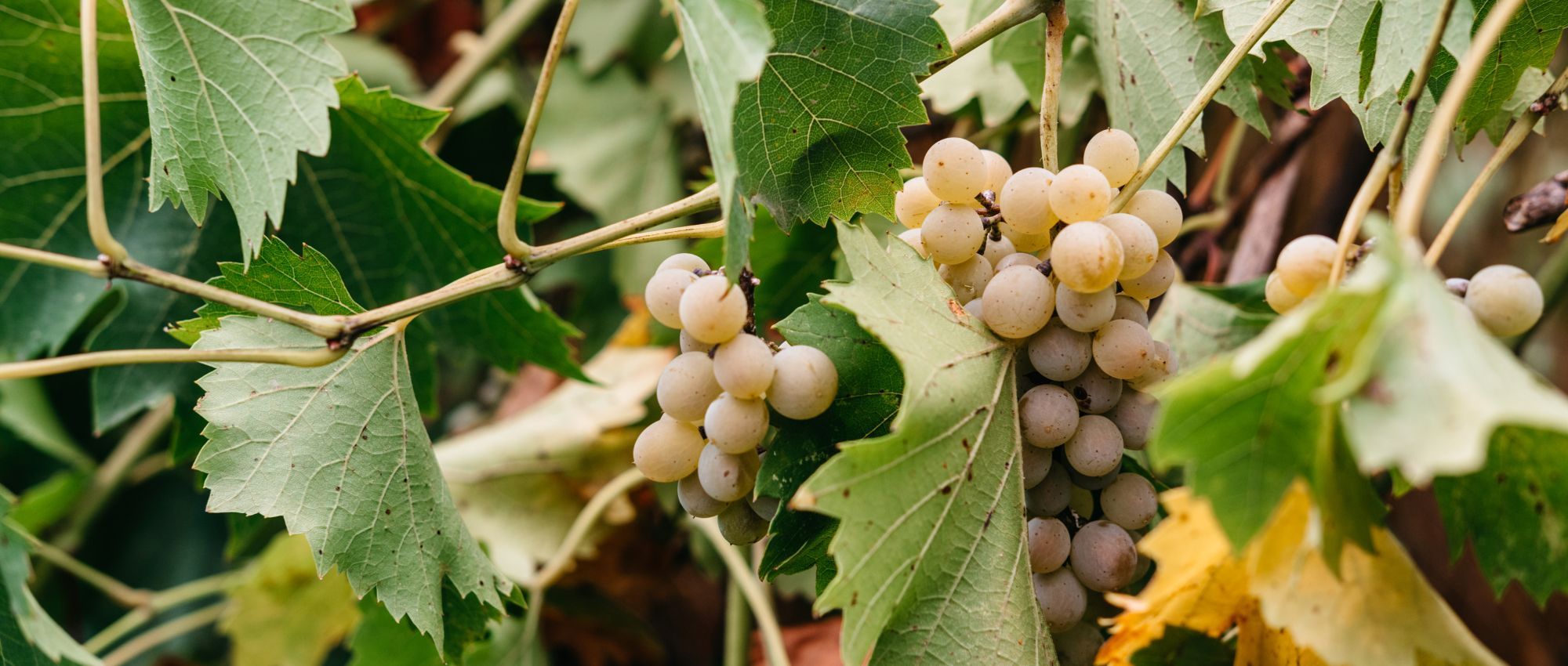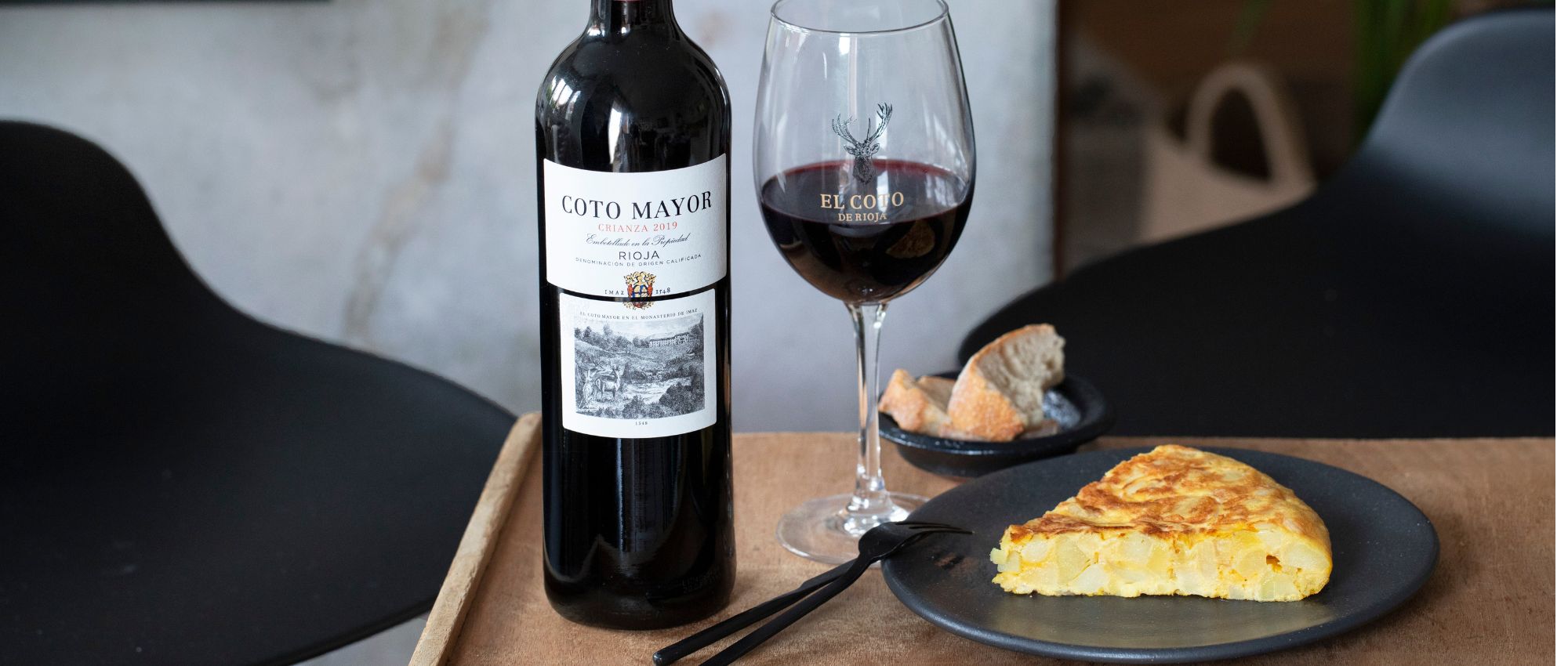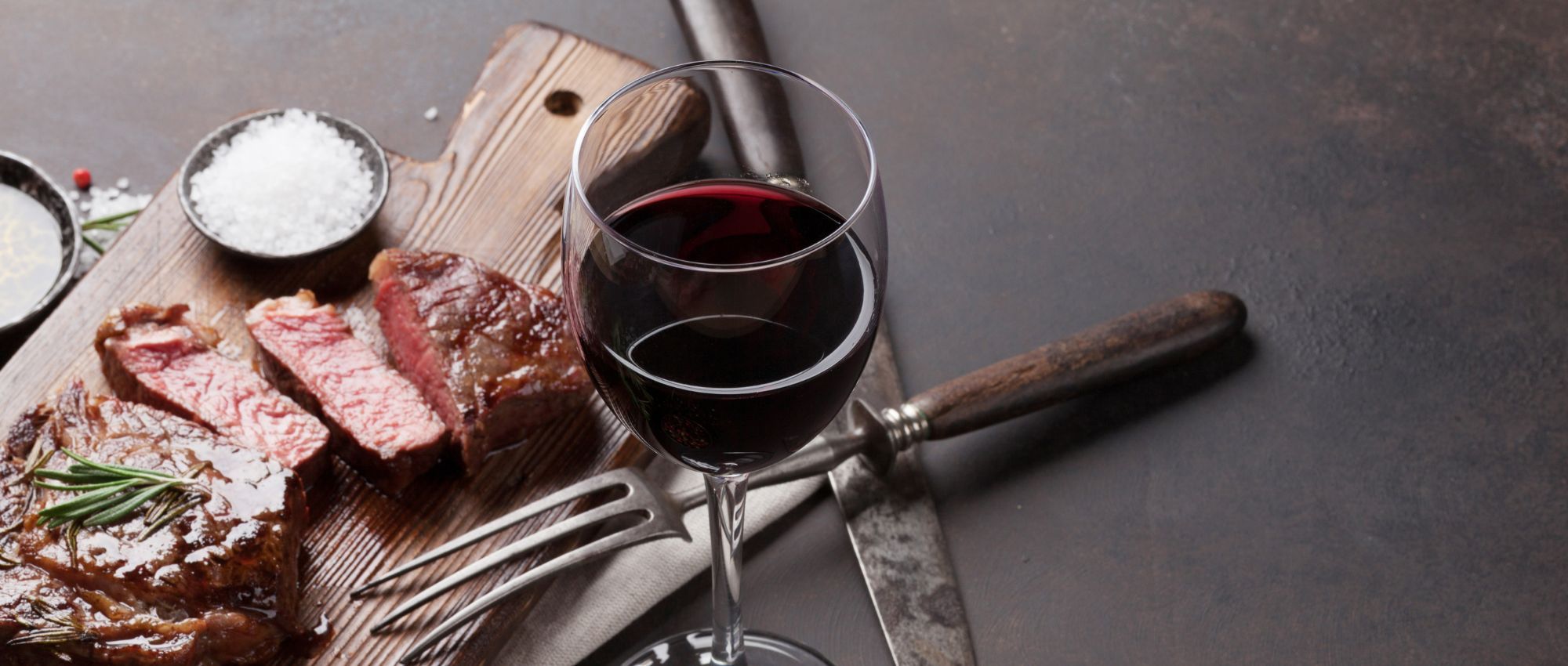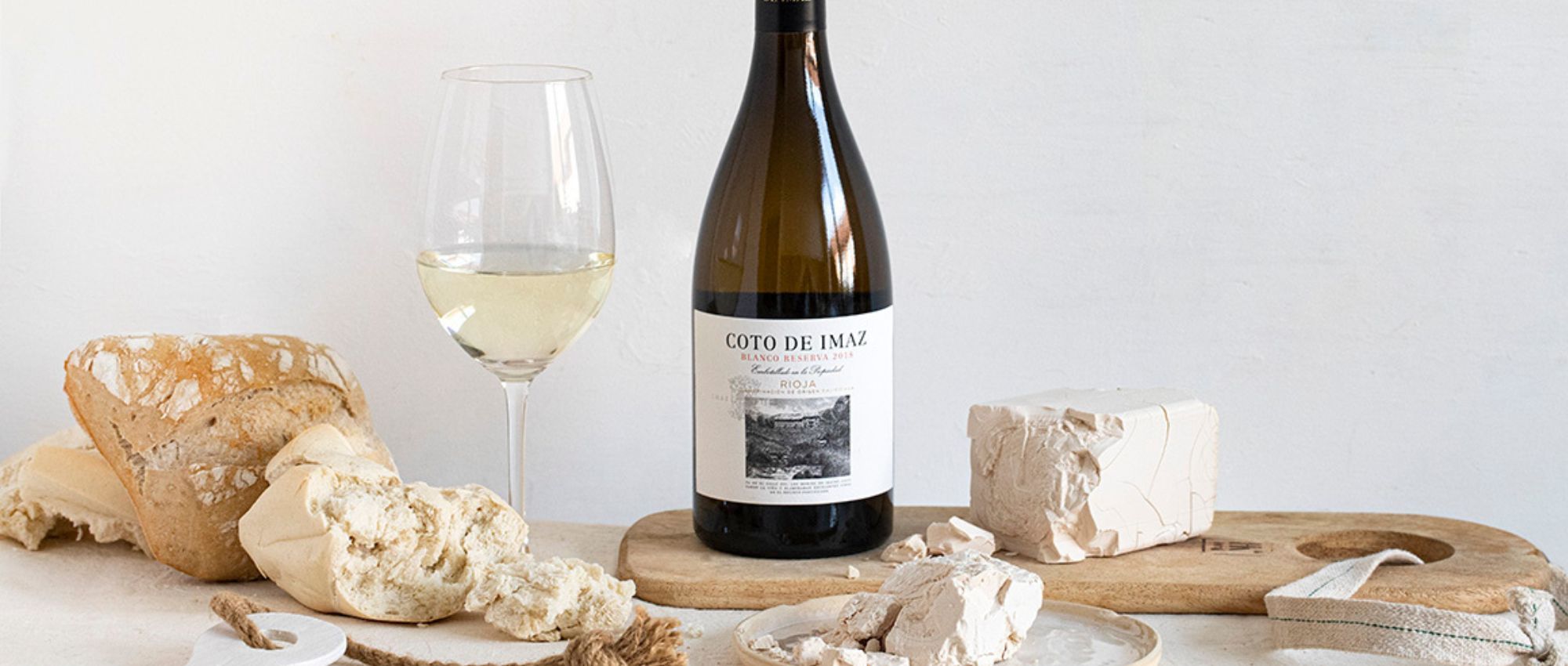
Fun facts about grape harvesting
This one of the most eagerly awaited and important times of year and a crucial moment for making any wine. With El Coto de Rioja, you can learn what the harvest involves and some fun facts about this fascinating moment.
Let’s get started!

What is a grape harvest?
Before we take a deeper look, let’s find out what it actually involves. Basically, it’s when we pick and harvest the grapes. Even though it may seem like a simple event, it’s a ritual that’s been going on for over 5,000 years.
The first references to it date back to the times of Ancient Egypt. Amazing, right? Its name in Spanish is vendimia, and this comes from Roman culture. The word in Latin (vindemia) means to remove (demere) the fruit from the vine (vinea).
When do grape harvest take place?
In Spain, grapes are harvested during a period that runs from late August to early October. However, September is normally a perfect time to start, and it’s the time when the harvest has traditionally taken place.
We should also point out that not all varieties of grapes are harvested at the same time. In fact, choosing the right time for harvest is, without a shadow of a doubt, the most important part of the process, since this plays a crucial role in the final product.

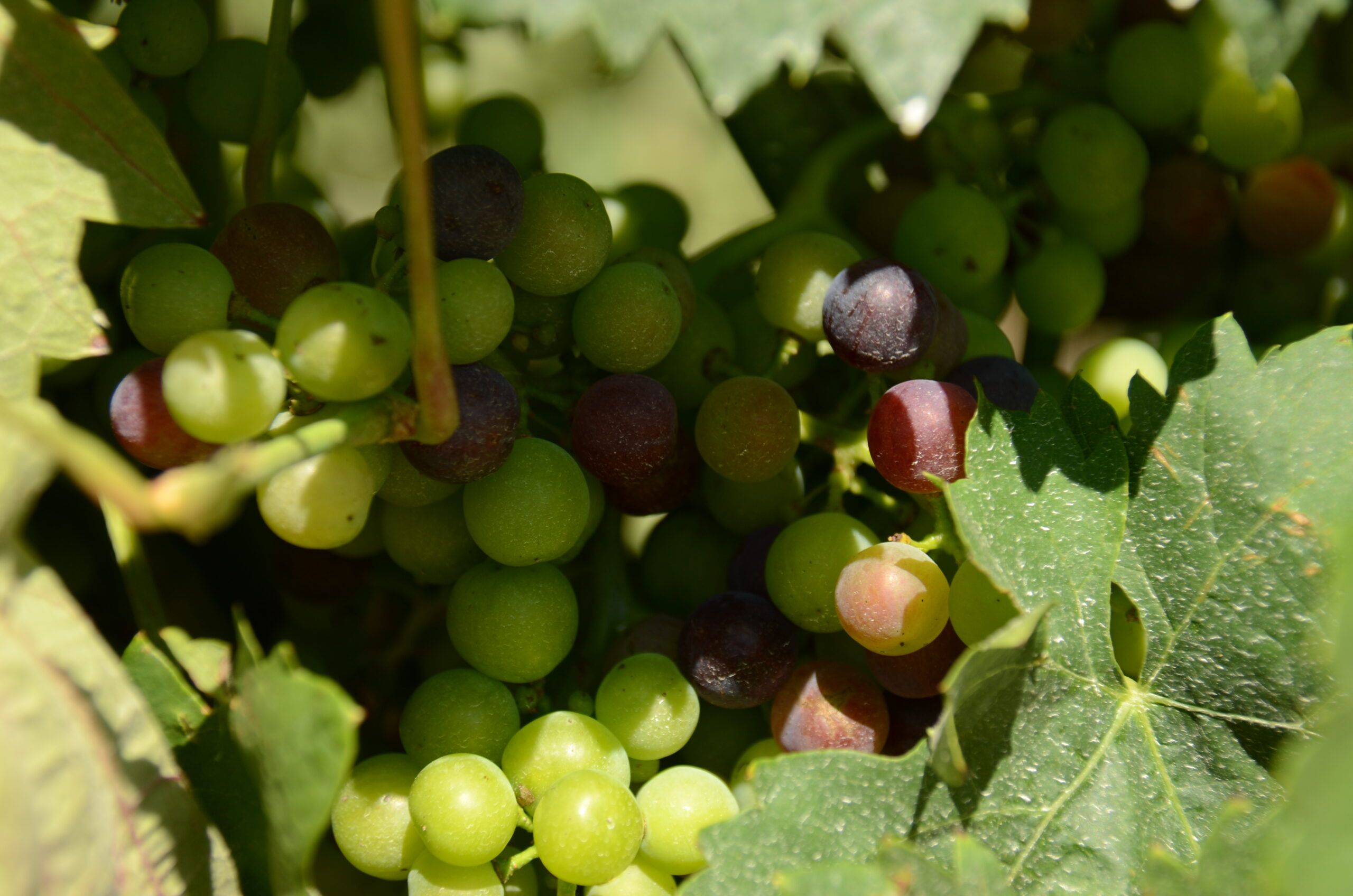
Grape harvests in La Rioja
Keeping a close eye in the ripening process allows winegrowers to determine the right time for harvest in any given place and to get the optimum quality of the fruit and the wines made from it.
The DOCa Rioja Board publishes weekly newsletters each year about how each “sample” vineyard is developing, which acts as a guide for winegrowers in La Rioja Alta, Rioja Oriental and Rioja Alavesa.
This newsletter specifies the town and the place where each of the samples have been taken. This information, along with the variety of grape, the altitude and the year of planting of the “sample” vineyard, allows the winegrowers to compare them with their own vineyards based on the location and features.
In short, the factors for deciding when to harvest are: the variety of grape, the type of wine to be made, the natural climate (and the variables in the year) and the geographical location of the vineyard itself.
Once this has been determined, harvest can finally get started by picking the white grapes, since they ripen quicker. This is followed by grapes for red wines and rosés.
Types of harvest
Over the course of time, people have gathered more information about this process and, as such, they have incorporated better techniques and technological innovations. This means that grape harvesting now includes outstanding safety and quality processes.
The development of processes and techniques has led to different forms of grape-picking. Did you know that each way of doing it has a different effect on the product and the final flavour? Let’s look at different ways of harvesting grapes:
Types of harvest according to technique
- Manual picking: this is the most traditional way of harvesting grapes. This is now used for producing top-quality wines. It involves selecting and cutting off the bunches one by one. Within this type, there are two subtypes: extreme or heroic (certified harvest that are done in rather geologically complex areas; there are very few in Spain) and selective (which involves harvesting within the same lot, selecting the right quality of grape).
- Mechanical harvest: as the name suggests, this method uses mechanical grape harvesters. These move over the vines, shaking them and making the bunches of grapes fall off into a hopper.
Types of harvest according to time
- Staggered harvest: the fruit is picked in stages or phases, depending on when the grape ripens. This normally takes place at large vineyards.
- Late harvest: this is used for sweet wines. The grapes are picked later on, when they are ripe or very ripe, meaning they have a higher level of sugar.
- Night harvest: harvests that take place at night, mainly to prevent high temperatures from affecting grape fermentation.
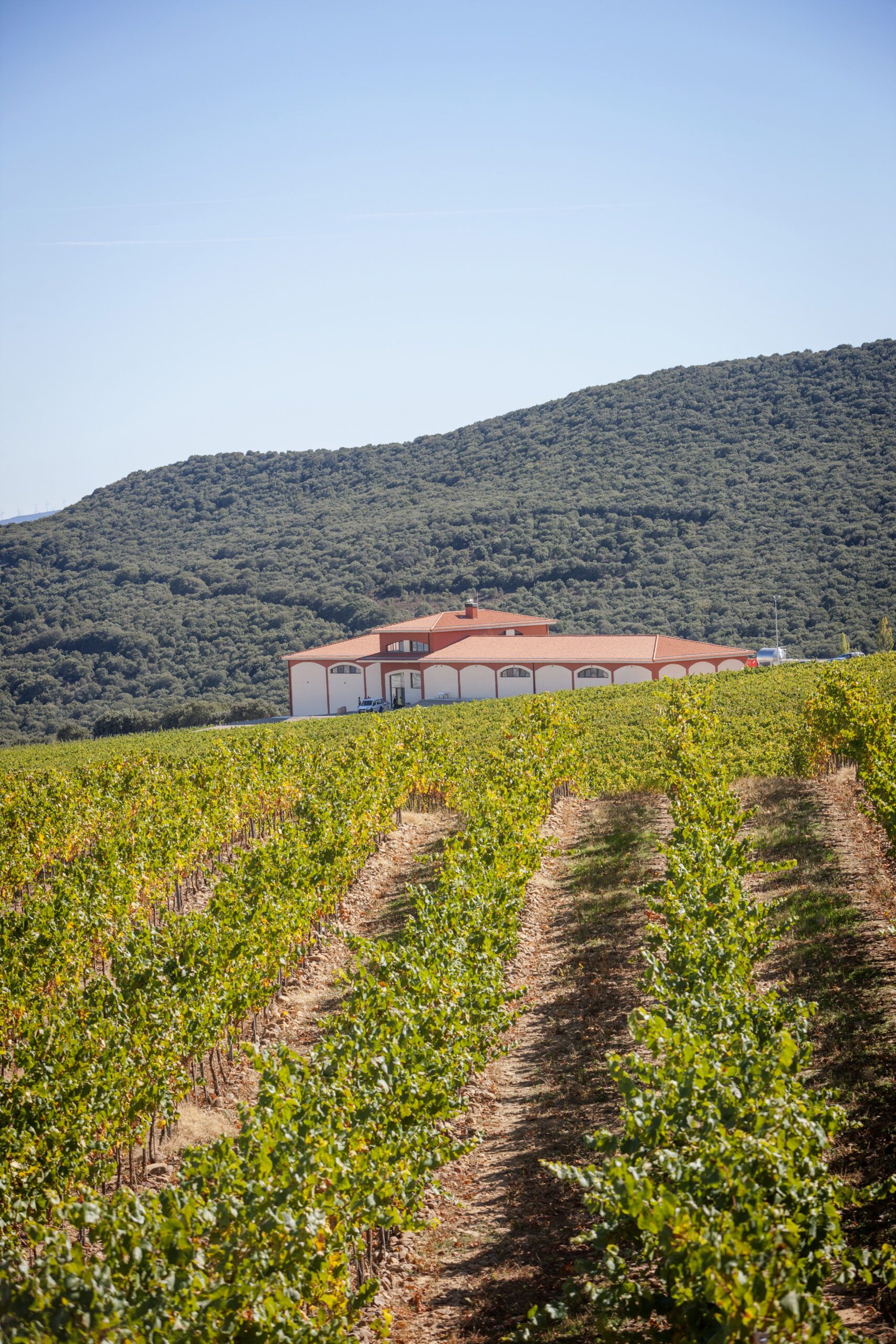
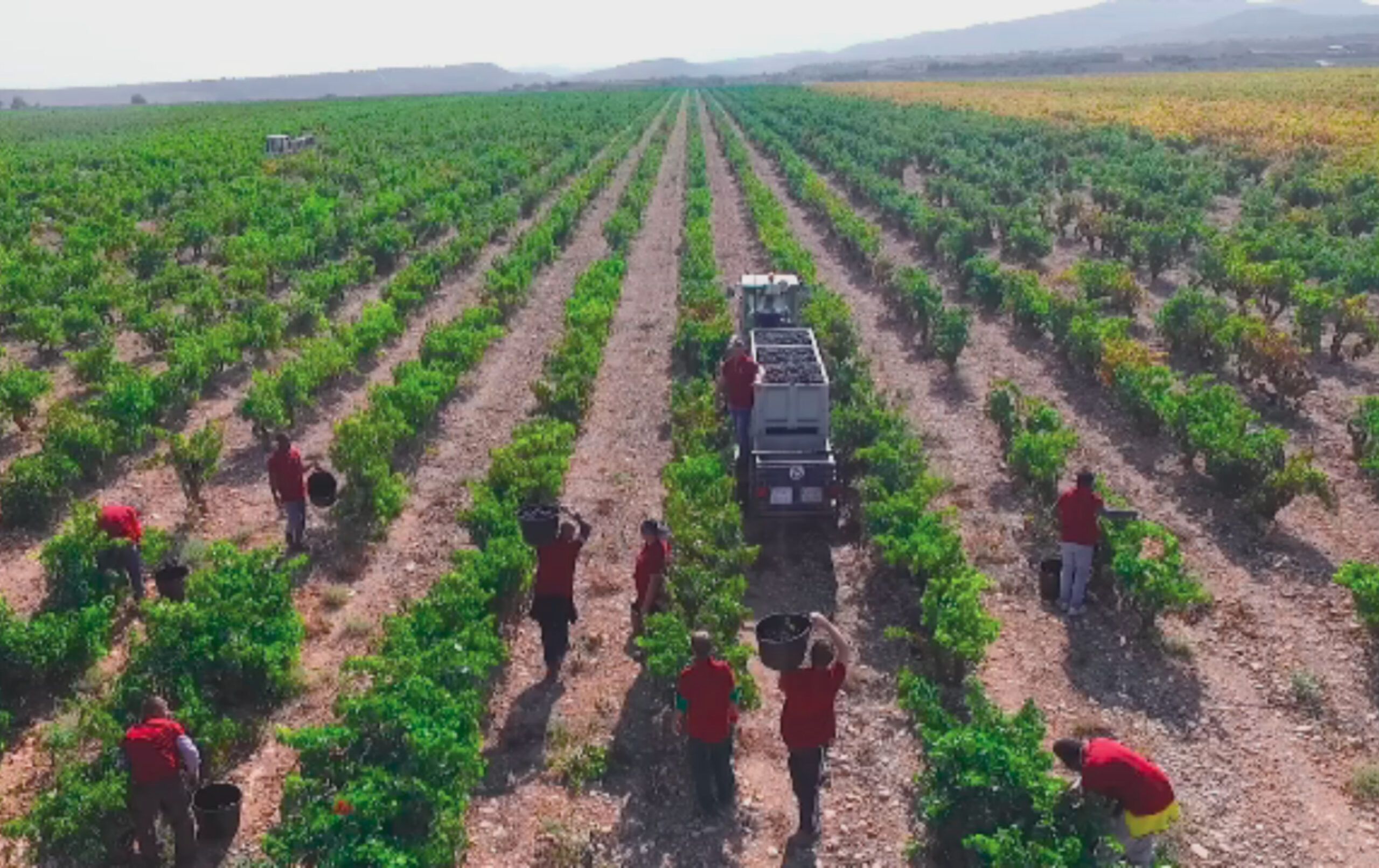
Harvest processes
Here at El Coto de Rioja, harvesting is a very special process. After long months working in the fields, it's finally time to pick the grapes to start turning them into wine. To do this, we have a group of expert professionals.
Our picking teams get to work across the lines of vines, creating a perfect, fluid chain. The process is as follows:
They firmly and precisely cut the bunches of grapes off the vines and place them in special baskets known as cunachos. These baskets can carry 15-20 kilos. Once they are full, we take them to the huge trays connected to the tractors that will take them to the winery warehouses. This process is repeated over and over again.
Once they reach the winery, the grapes pass through a selection table, where people look at the bunches and approve them for use in winemaking.
Would you like to see how grapes are harvested at the El Coto de Rioja’s 700 hectares of vineyards? Take a look at this video:
The grape harvest is not just noteworthy in agriculture, it has always been a cultural, social and even economic event. As such, the celebrations have unprecedented recognition, both nationally and internationally. Have you ever been to one?
Keep on learning more fun facts about the world of wine! Take a look at the special articles on our El Coto de Rioja blog.






